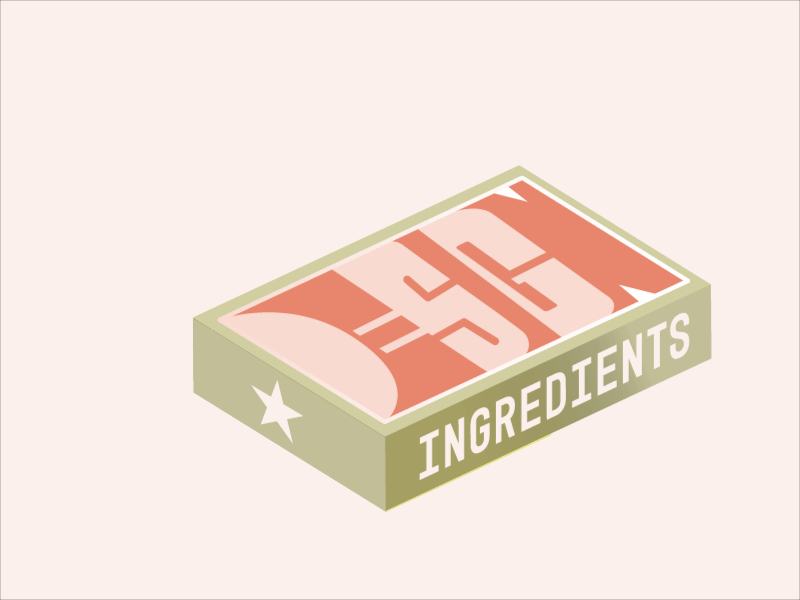Transparency, when used in design, creates a visual ambiguity or equivocal space. When looking at a transparent design, it can be unclear which form is on top and which behind. Since photography accurately depicts spatial and depth representation, transparency is an interesting tool for an artist interested in visual patterns that do not immediately present a clear spatial organization.
Read MoreDesign Basics
Design Ingredients: Naturalism and Distortion
Naturalism is often what people will call “realism”, meaning, of course, visual realism. The goal of naturalism is to visually communicate an honest, true-to-life representation of the world around us. In contrast, distortion purposely changes or exaggerates nature. Sometimes this is done to provoke an emotional response or to emphasize design elements within the composition. Below are examples of both, borrowed from the Walker Art Center’s painting collection.
Read MoreDesign Ingredients: Line Quality
Line is the most recognizable of design elements. The quality or contour of a line is a powerful visual ingredient, and contains potential for unlimited expression. Words often used to describe line quality are thin, thick, rough or smooth.
Read MoreDesign Ingredients: Asymmetrical Balance
While nearly all designs will need to be well balanced, Asymmetrical Balance can be used to unify disparate visual elements.
Read MoreDesign Ingredients: Emphasis / Focal Point
Emphasis / Focal Point is a very powerful ingredient when designing messages that need to catch someone's eye. A strong focal point makes it almost impossible to not engage a viewers attention. While a design can have more than one focal point (aka accent), it is important to be careful—several focal points will turn the design into a three-ring circus.
Read MoreWorking with a Print Designer
Producing a printed promotional piece that shines and communicates the quality of your business requires the help of a print designer. If you’re new to print, I can help.
Print Design Formats
There are endless types of projects that are printed, each with their own unique advantages and challenges. Listed below are a few of the type of projects that benefit the most from an experienced print designer:
Business Cards with Special Effects • Branded Packaging • Brochures • Billboards • Book Covers • Magazines • Outdoor and Indoor Signage • Posters • Tradeshow Banners
Print Design is Different from Digital Design
When selecting a designer for your print project, it’s good to ask how much of their portfolio is print focused, and how long they’ve been designing for print. Once your project is printed, the opportunity to correct mistakes has passed—similar mistakes in an online environment have fewer financial consequences.
Also, there is a limit to how much text and graphics can fit on a single side of a business card. An established print designer is aware of these boundaries and is focused on readability and clarity.
Color is another element that looks different on a computer screen when compared to a physical printed object. A print designer can help navigate those differences so that there are no surprises.
Printers Speak a Unique Language
Ideally, there is a discussion about how best to produce the print item before selecting a print partner. Then written specifications are developed in a common language familiar to the print industry. Developing this language, reviewing/converting images and preparing color for print is my specialty.
Read The Final Proof or You’ll Pay The Consequences
Tips for final proofing:
-Review a physical proof (not just a PDF) before printing any project.
-Someone who has never seen the project and can look at it with fresh eyes can see errors others’ might have overlooked
-Bring these proofs with you to the press check, if your print designer hasn't already
-Color correction should be done with the printer, based on the proofs, because their color-profile and workspace may be different from what you’ve been looking at.
Need help with your next print project? Send me an email.
Design Ingredients: Rhythm
As you'll see below, design elements are repeated—but not exactly. Like music, there is a structure of repeated elements, with some variety to create interest. I can almost hear these graphics ...
Read MoreDesign Ingredients: Unity and Continuation
Below is the first installment in a series where I’ll be sharing a collection of design principals. I call it a visual study in the basic elements of my craft that can also serve as a guide when communicating what helps make a particular visual or design interesting to look at.
Read More









